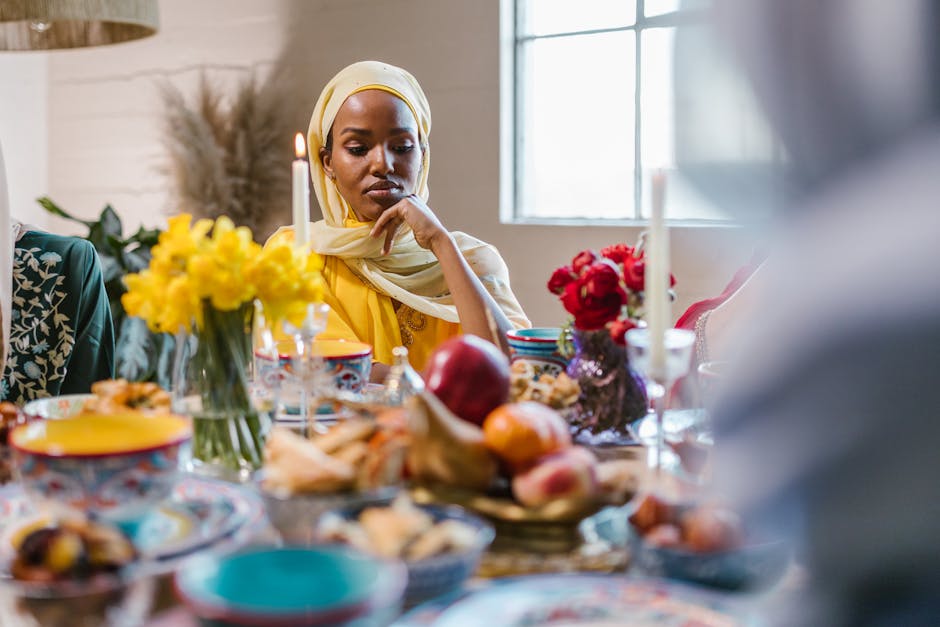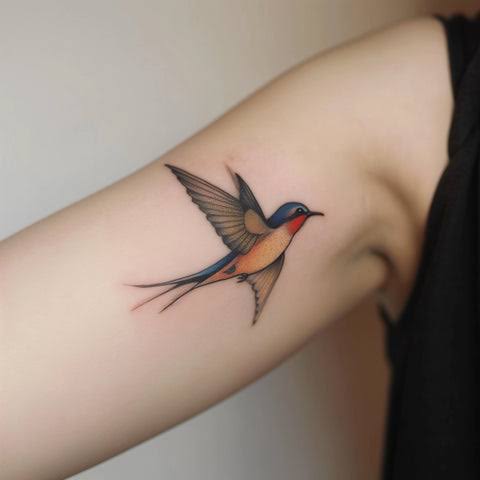How Fashion Trends Are Influenced by Cultural Movements

Fashion trends are deeply influenced by cultural movements, shaping and reflecting the values, struggles, and triumphs of societies around the world. From protest apparel that symbolizes resistance to traditional garments reimagined for modern runways, cultural movements continuously inspire what we wear and how we express ourselves through clothing.
Honestly, it’s fascinating to see how something as personal as style can carry the weight of a global story.
The Symbiotic Relationship Between Fashion and Culture
Fashion doesn’t exist in a vacuum, it’s a mirror of the times. Cultural movements, from social justice campaigns to artistic revolutions, play a significant role in shaping fashion trends.
Think about the rise of punk in the 1970s. It wasn’t just about ripped jeans and safety pins; it was a rebellion against societal norms and a way for people to visibly align with a countercultural ethos.
Today, fashion is still a powerful form of expression. For example, the #MeToo movement influenced the resurgence of power suits for women, symbolizing empowerment and resilience.
Similarly, sustainability movements are pushing brands to adopt eco-friendly practices, giving rise to trends like upcycled fashion and minimalism.

Cultural Movements Driving Regional Trends
Every region has its own cultural heartbeat, and that rhythm often finds its way into fashion. Here’s how cultural movements have sparked trends across the globe:
- Africa: The African Renaissance movement has brought traditional textiles like Ankara and Kente into global fashion, celebrating heritage while redefining contemporary style. Designers like Laduma Ngxokolo are leading the charge with bold, culturally rich collections.
- Asia: In Japan, the rise of Harajuku culture in the 1990s was a reaction against conformity, creating a vibrant mix of styles that still influences global streetwear today. Meanwhile, the global popularity of K-pop has elevated Korean brands and trends like oversized fits and pastel palettes.
- Europe: The punk movement in London and the haute couture revolution in Paris show how cultural and political shifts can redefine what’s considered fashionable. Even Brexit sparked conversations about British heritage in fashion design.
Personally, I’ve been captivated by how regional styles evolve to tell a story. I once bought a piece of Ankara fabric in Ghana and was amazed to learn that each pattern often carries a unique meaning, whether celebrating love or mourning loss. That’s fashion with depth.
Fashion as a Tool for Activism
Cultural movements have also turned fashion into a tool for activism. One striking example is the “Black Lives Matter” movement, which brought awareness to systemic racism.
Fashion designers responded by incorporating bold statements and symbolic imagery into their work. Brands like Pyer Moss used their platforms to amplify Black voices while redefining what it means to create socially conscious art.
Another standout moment was the Women’s March in 2017, where pink “pussy hats” became a viral symbol of solidarity and protest. It’s incredible how a simple accessory united millions and became an emblem of resistance against gender inequality.

The Role of Digital Culture in Shaping Trends
Social media has become a breeding ground for cultural movements and, by extension, fashion trends. Platforms like TikTok and Instagram amplify grassroots movements, often turning niche cultural expressions into global phenomena.
It’s wild how a cultural longing for connection with nature can translate into floral prints and lace-up boots dominating runways.
Challenges and Opportunities in Cultural Representation
While the influence of cultural movements on fashion is largely positive, there’s also the challenge of appropriation versus appreciation. Brands that borrow elements of cultural heritage without acknowledgment or respect can perpetuate harm.
At the same time, there’s a growing opportunity for collaborations that celebrate and uplift cultures authentically.
A World of Stories in Every Stitch
Fashion trends influenced by cultural movements are a testament to humanity’s creativity and resilience. They remind us that what we wear is never just about fabric it’s about identity, history, and hope.
From the streets of Tokyo to the markets of Dakar, the stories behind the styles connect us in ways that words often can’t.
For me, fashion isn’t just about following trends. It’s about finding pieces that resonate with the cultural narratives I want to celebrate and the values I stand for. What about you? What story does your wardrobe tell?


